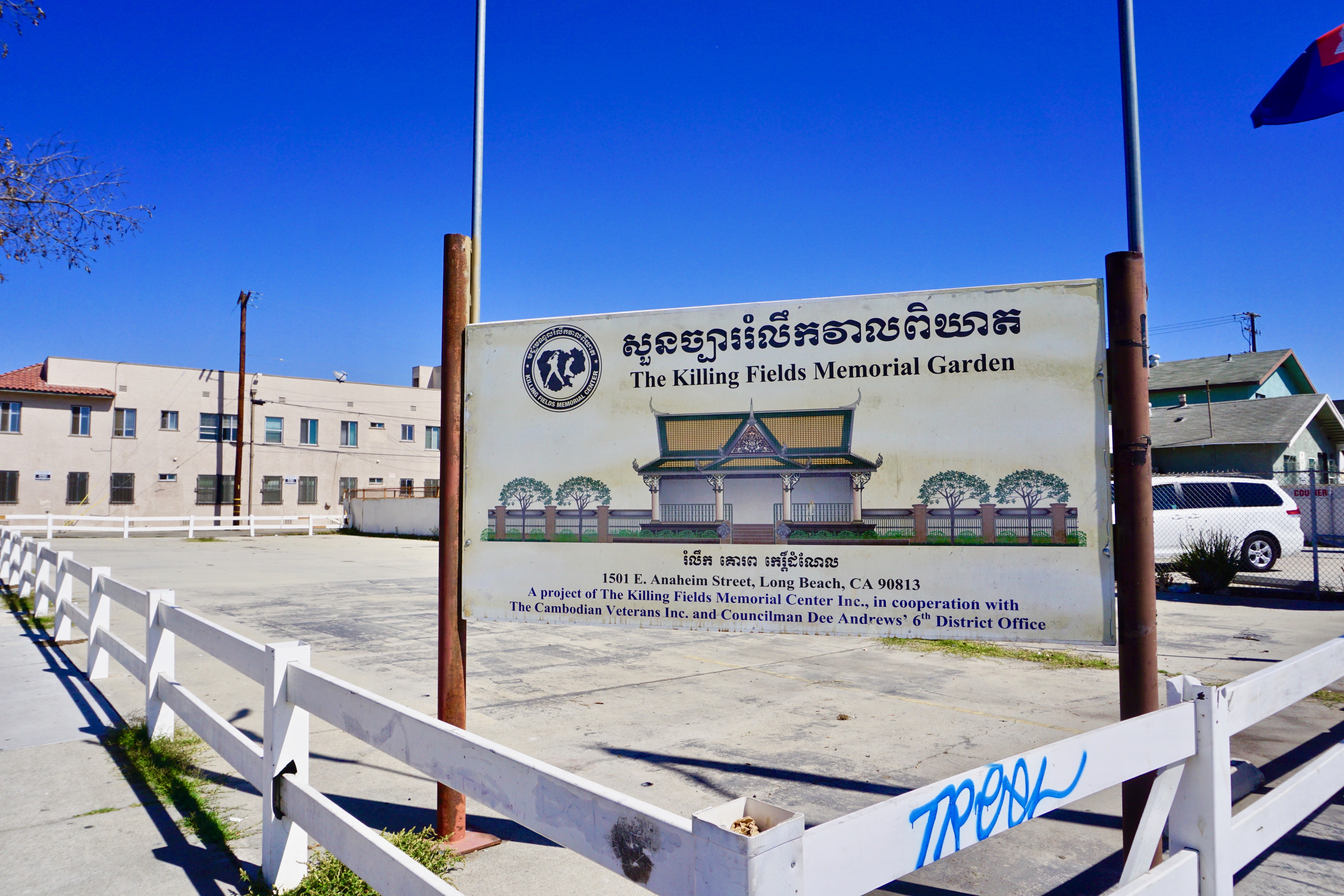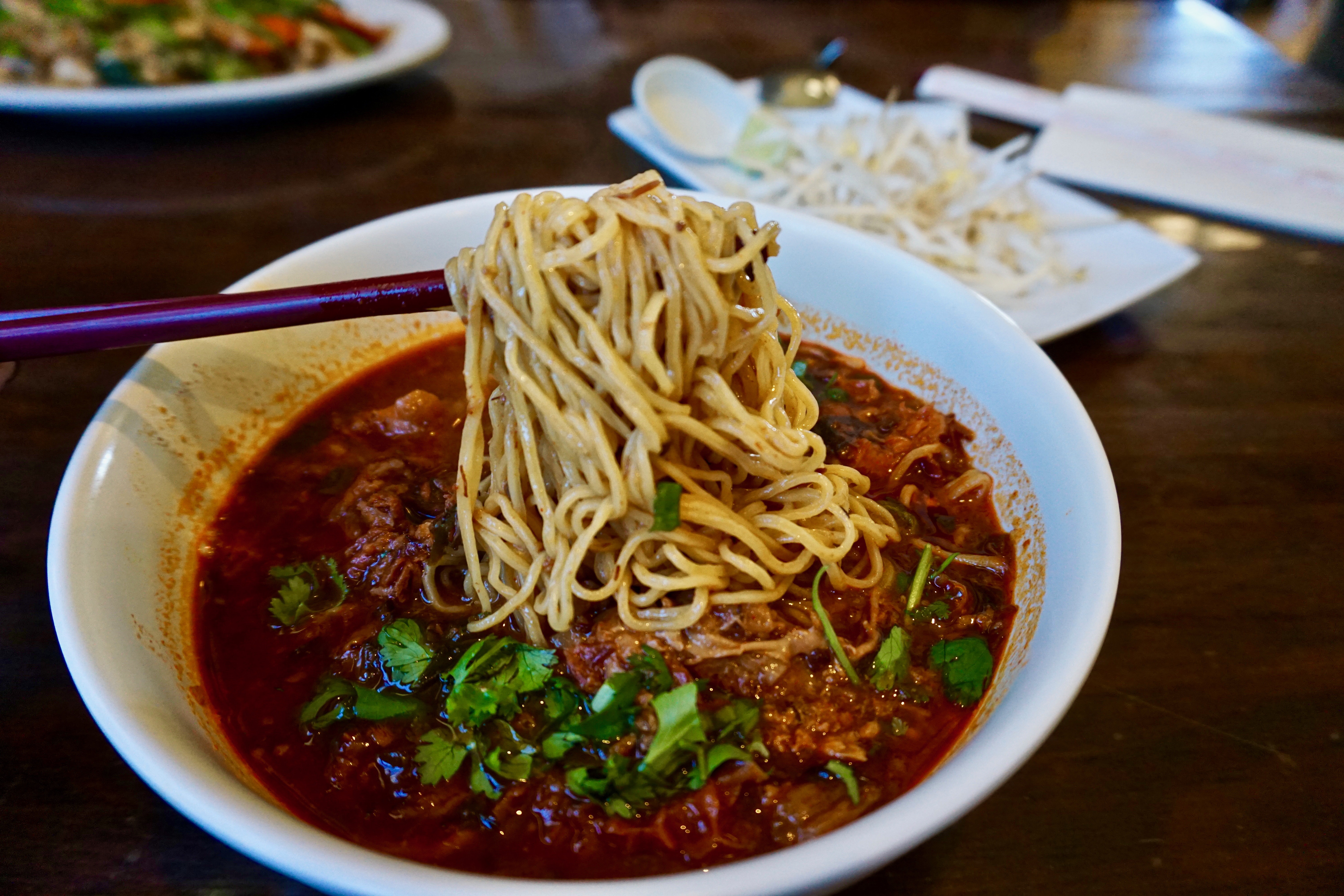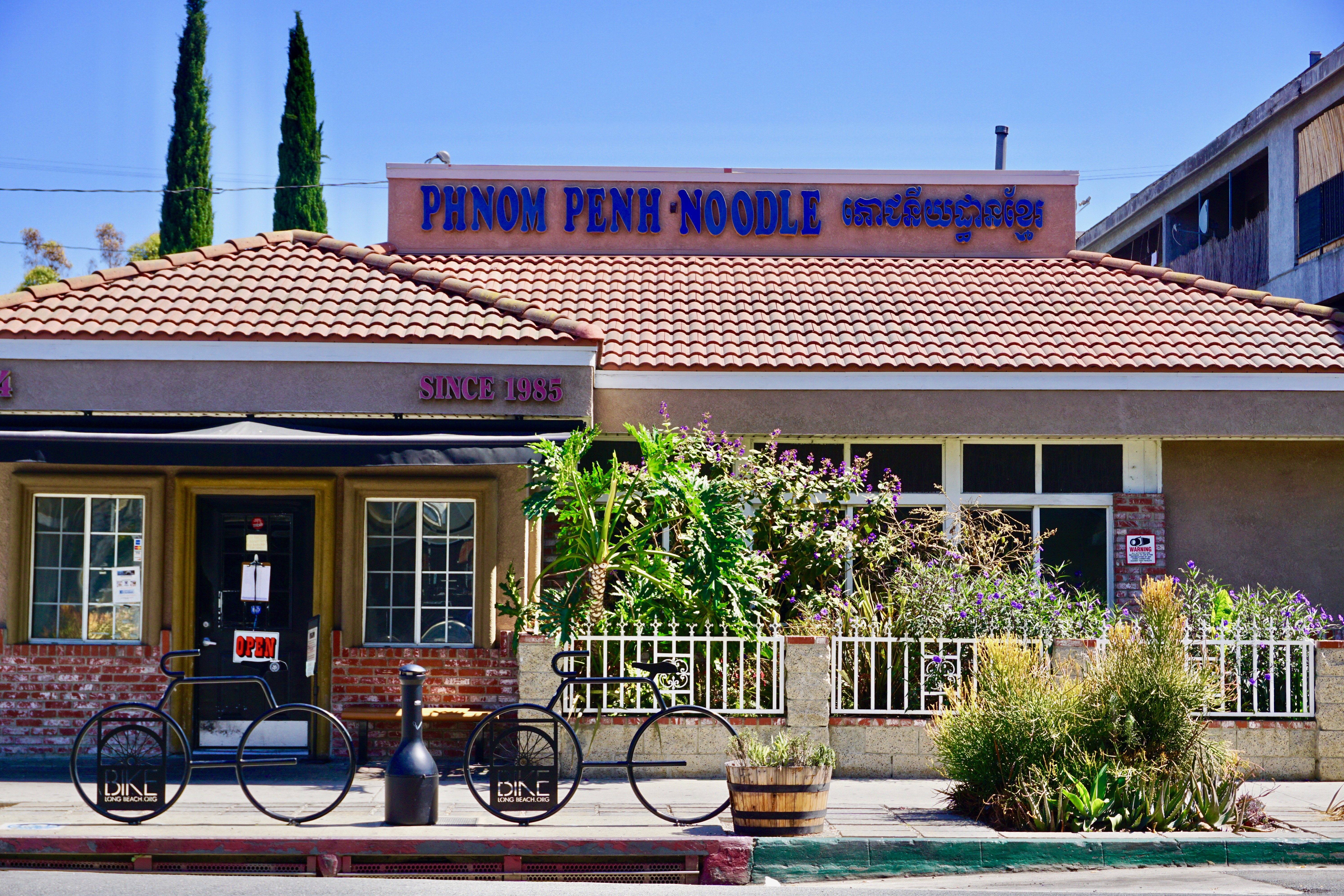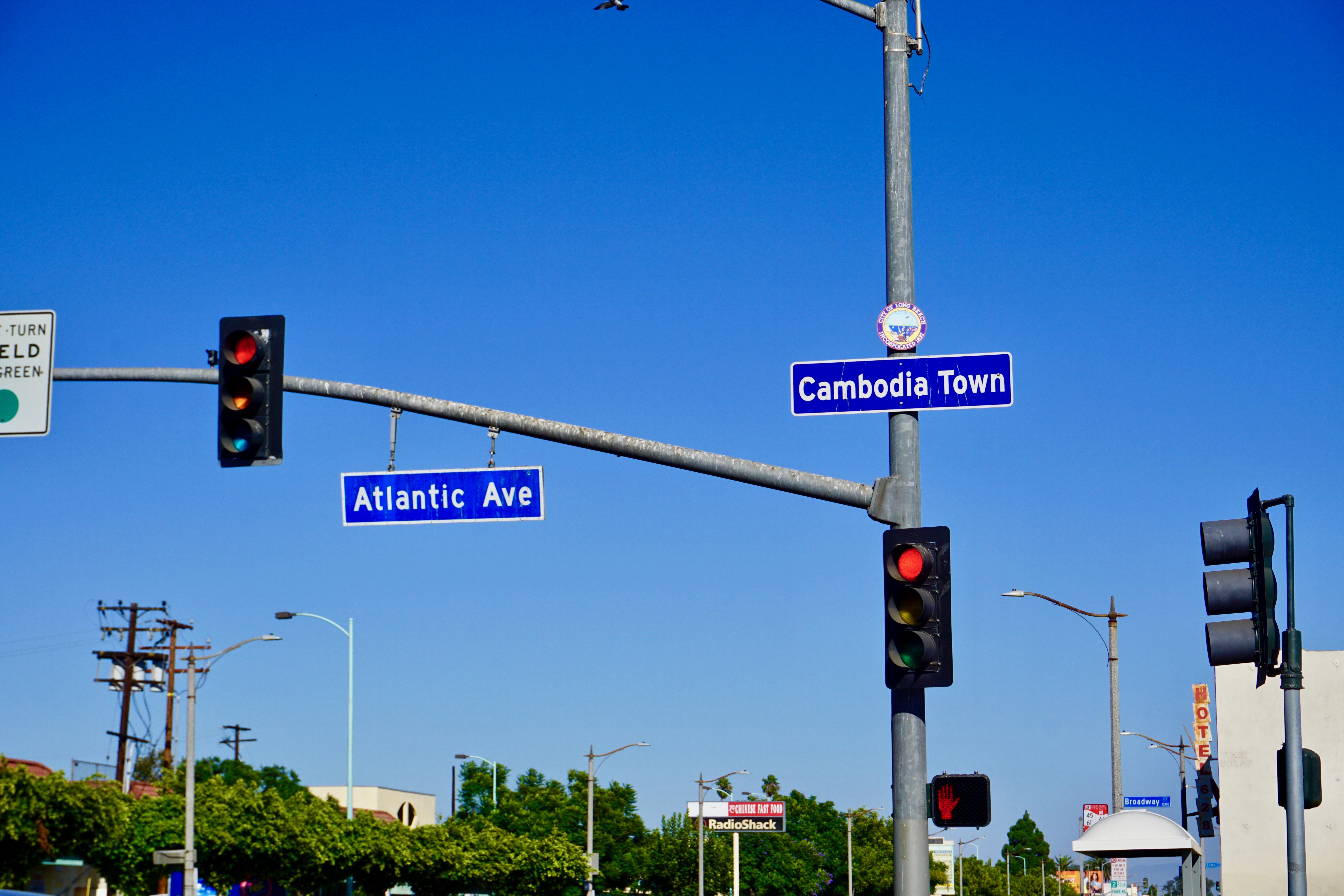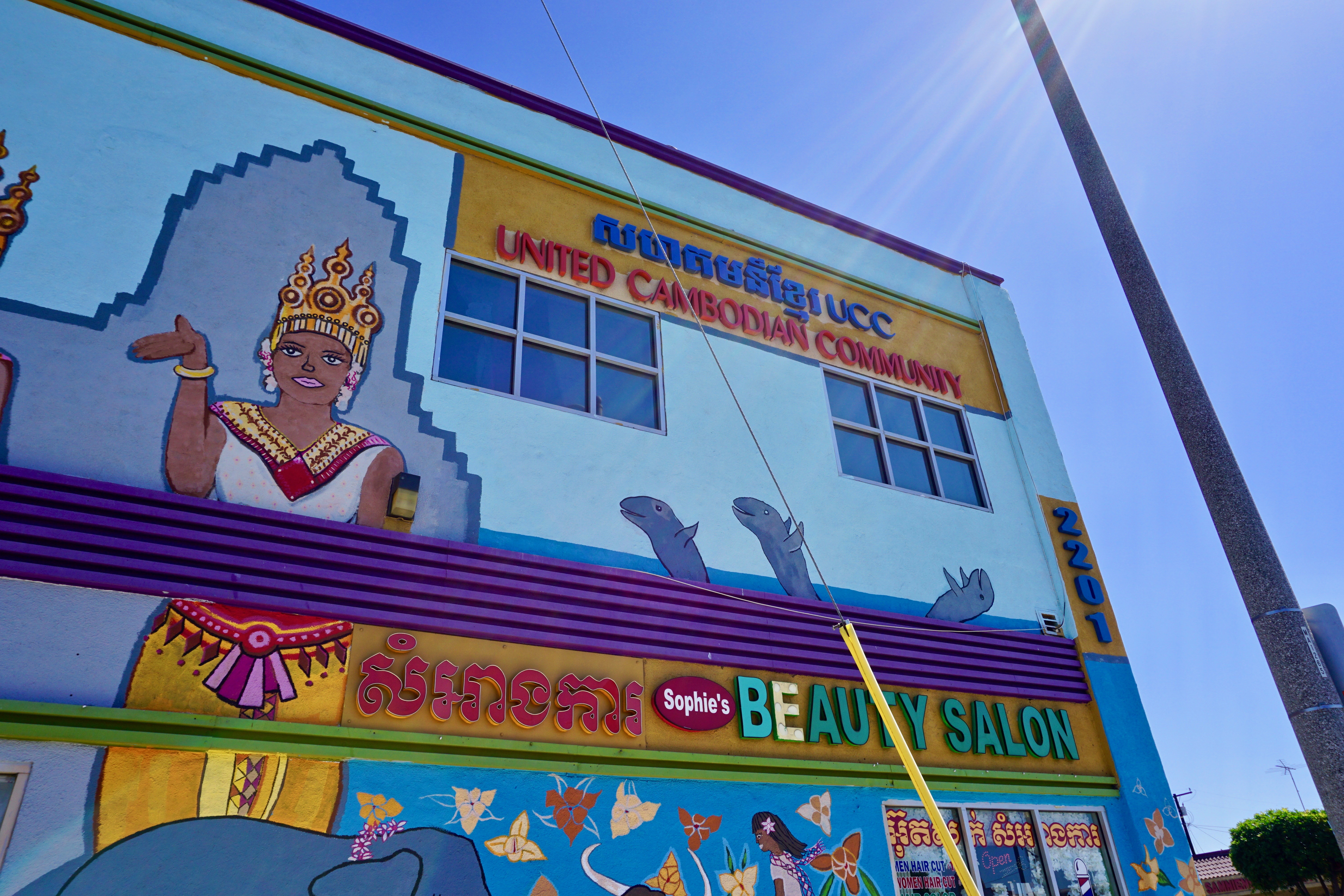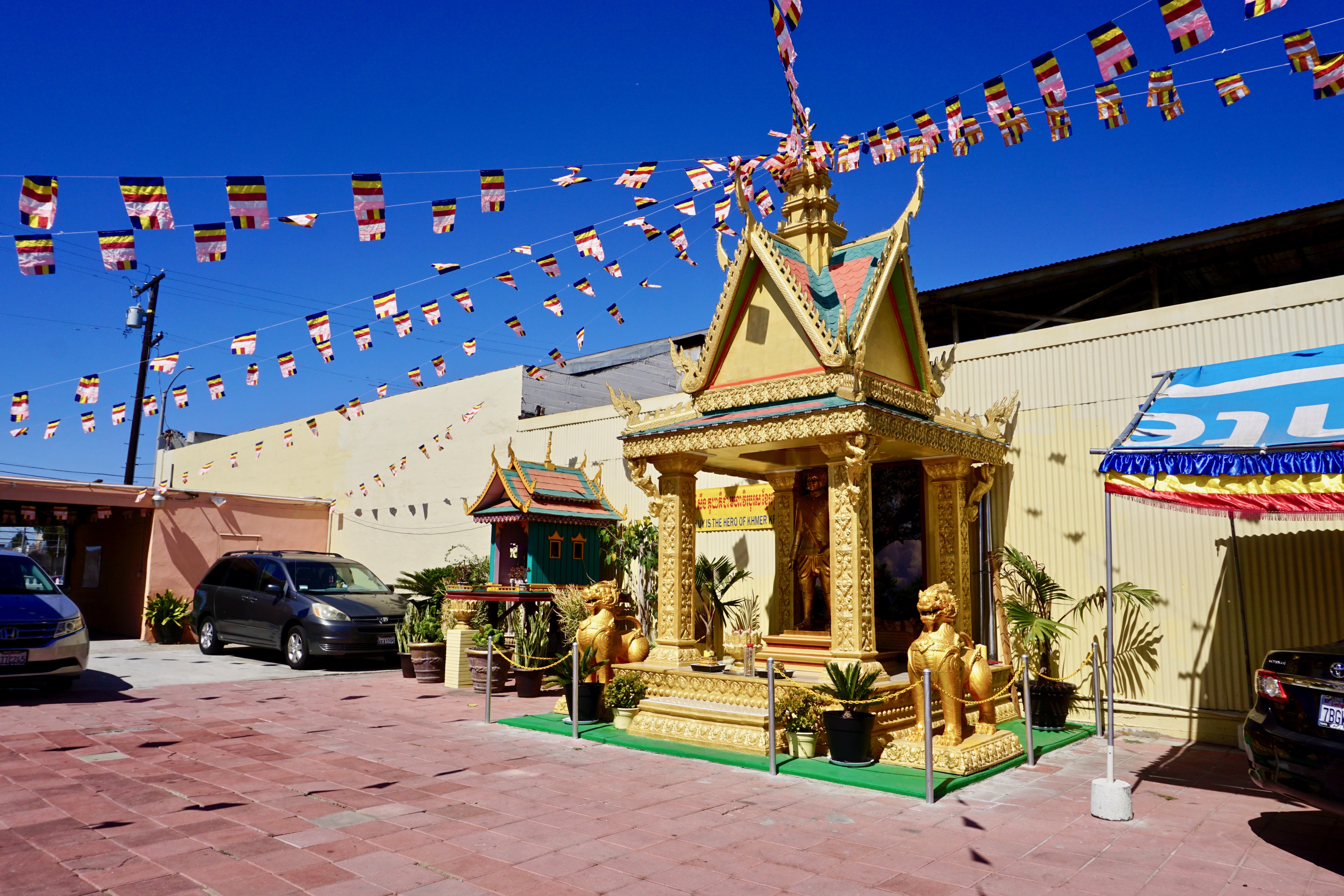When Melinda Kuoch was a child, she remembered listening to her family's story of how they emigrated from Cambodia to America.
She learned of how her mother's family fled from the countryside villages they were forced into when the Khmer Rouge communist regime took over their home country on April 17, 1975.
The Cambodian genocide led by the Khmer Rouge killed anywhere between 1.5 to 3 million people from 1975 to 1979, making it one of the largest genocides to take place in the 20th century.
Citizens were tortured and executed while others starved and died from either disease or exhaustion.
In the villages, Kuoch's grandmother worked as a cook while her grandfather washed farm animals. It was a far cry from his life as an accountant and hers as a nurse before the regime took charge. Meanwhile, Kuoch's uncle was assigned with the task of picking up bodies in a wheel barrow to be buried.
But three years after the genocide ended, their entire family escaped through a refugee camp in Thailand.
Kuoch thought these stories of survival and immigration were something that every second-generation Cambodian-American like her heard growing up in Long Beach, a city with around 50,000 people of Cambodian descent.
She later found out that was not the case.
Many Long Beach Cambodians who are second-generation, meaning the sons and daughters of immigrants, struggle to learn the history of their families' motherland, according to local youth and cultural organizations. Those groups said the traumatic memories of violence and poverty in Cambodia often create a reticence among their parents and grandparents when it comes to sharing their stories.
Kuoch said she realizes her family is different.
"Because none of [my mom's] siblings or parents were lost, I think it was easier for her to cope," Kuoch said. "They had each other to talk about their experiences."
But the common reluctance among many other families to pass down these stories lead the youth to discover their heritage through local resources in Long Beach, a city that is home to the largest community of Cambodians outside of South East Asia, according to Data USA.
Marian Na learned of her culture through her involvement as a leader for groups such as Cal State Long Beach's Cambodian Student Society and the Khmer Alumni Association.
She said her mother lost her own two brothers during the war, one who was killed in the genocide and another who was supposed to meet their family when they were forced to evacuate their home, but never arrived. Na said she believes he may still be alive.
Due to her family's reservations over sharing their past in Cambodia, Na filled in the blanks by watching documentaries and reading research on her own.
For the Cambodian Student Society's current president Heidi Hou, her parents insisted on speaking English at home in an attempt for her to be more "American" and less Cambodian, she said.
But Hou said not knowing the Cambodian language of Khmer pained her, especially during her childhood when her non-English speaking grandparents would drop her off at school and she didn't know how to tell them "Thank you."
She began to speak Khmer with her grandparents and begged them to correct her pronunciation if it was wrong, so she could help preserve a language and culture she fears may someday be erased.
"If the second generation doesn't keep this up, then the third and fourth generation will lose it," Hou said.
Hou said the most tragic part of the genocide is that "it was Cambodians killing Cambodians," leaving behind a strong sense of distrust amongst their community, even after escaping to America.
"We're so behind because of what happened to us," Na said. "Not because we're not capable."
Public art adorns a building belonging to the United Cambodian Community nonprofit and several Cambodian-owned businesses.
The Khmer Rouge and Cambodia
The Khmer Rouge ruled Cambodia between April 1975 through January 1979, with the mission of running a classless communist state using a rural agrarian economy.
Led by communist revolutionary Pol Pot, the Khmer Rouge came to power over a decade after Cambodia received full independence from being a French protectorate for nearly a century.
A monarch named Prince Norodom Sihanouk was head of state at the time. But when he was ousted by right-wing military forces, the Khmer Rouge formed a political coalition with him and eventually assumed control over much of the country.
When they took over Phnom Penh, the country's capital, people residing in the city were forced to evacuate and move to the countryside to become agricultural workers.
Millions of people were collectively killed and buried at various sites in Cambodia known as the Killing Fields.
In a 20-year study, UCLA demographer Patrick Heuveline attempted to pin point the genocide's death toll. His research indicates that it could be any amount between 1.2 to 2.8 million. Leaders from Long Beach cultural organizations, such as Engly Tung from the United Cambodian Community, believe it was closer to three million.
From Tung's observations during his 50-plus years in Long Beach, he said he suspects that after the first small wave of Cambodian immigrants graduated from college and got jobs in the city during the late '60s, they began sponsoring families in Cambodia to come to America in the late '70s.
Becoming Cambodia Town
In 2007, city leaders officially named a one-mile stretch of mostly Cambodian businesses and community centers along Long Beach's Anaheim Street as Cambodia Town.
Grocery outlets and auto shops on the street can be seen bearing the Khmer language in vibrant colors across their storefronts.
The elaborate temples tucked away in tree-clad neighborhoods and warm food served in Cambodian restaurants blanket the area with a sense of familiarity to the older generation and a place for discovery of heritage among the younger generation.
Moulino Tan, an owner of the popular Phnom Penh Noodle Shack in Long Beach, said his father and uncles first opened the restaurant with five tables in 1985. The shack specializes in homestyle Cambodian noodles in a meaty, savory broth.
Upon immigrating to Long Beach in 1984, Tan said his father knew he wanted to open a local shop that would serve simple comfort food, a contrast to the various seafood palaces lined up on Anaheim Street.
When Tan's father stepped away from ownership around 2012, Tan and his brothers then took over. They expanded the restaurant to its current glory as a 40-seat joint with a Yelp rating close to five stars.
But even with their widespread presence, a number of non-Cambodian customers will see their noodles as an offshoot of Vietnamese pho, according to Tan. The restaurant owner said the comparison mirrors how overlooked Cambodia's culture and history is.
Chad Phuong, a Long Beach chef who once supplied sauces to the shack, likened the sensation of eating their food to therapy.
"It helped you forget the struggles of being [in America]," Phuong said.
Phuong said he was around seven years old when the Khmer Rouge took over his home country. His parents were forced to work in the rice paddies while he and the other children picked up cow dung to make fertilizer.
The memories of his mother hiding rice and lizard meat in their home urged him to never take food for granted.
After their family immigrated to Long Beach, they built a weekend routine of going to church and then having a meal at the noodle shack.
Seeing Cambodia Town
The colorful images of street art, food, temples and the Khmer language across storefronts can be seen across Cambodia Town in Long Beach.
Remembering the past while looking forward
Last year, the Long Beach City Council allocated $150,000 to aid in the construction of the city's first Killing Fields memorial, which would acknowledge the genocide that began on April 17, 1975.
The lot still remains empty, but the work of various organizations continues to give Cambodian-Americans a place to feel acknowledged and uplifted.
Long Beach nonprofit Khmer Girls in Action equips Cambodian youth with campaigns that encourage them to talk about their experiences as Southeast Asian Americans and to be civically involved in their community.
"Specifically speaking in South East Asian communities, all our youth members have family members who don't usually want to talk about their traumatic experiences," said Joy Yanga, communications director at Khmer Girls in Action. "Orgs like this are crucial for them to understand their history so they can have a better opportunity to have a relationship with their parents."
United Cambodia Community offers programming to help people maintain mental health wellness and even attain U.S. citizenship.
A large mural covers an entire wall of a strip mall in Cambodia Town, a one-mile stretch of Anaheim Street in Long Beach.
Active community members like Na said that this involvement, especially among youth, all begins with the willingness to learn.
"Whatever ties we have to the community are through our own efforts," Na said.
San Diego native Holly Ly ventured all the way to Cambodia Town shortly after her mother and grandmother died several years ago. She realized that the rich smell of her mother cooking authentic Cambodian food would no longer waft through the kitchen of their home, so she came to Long Beach in search of the noodles and porridge she once made.
"A lot of what connected me to my culture was my mom and grandma," Ly said. "I realized this could all be lost after our generation and I want to remember it as much as possible."
Ly said she will eventually plan to make her first trip to Cambodia.
Second-generation Cambodian Brandon Chhan said he remembers reading only one or two sentences about the Cambodian genocide in his high school class' world history book.
He heard his parents speak of their struggles with hunger and witnessing violence in Cambodia, but only when they reprimanded him to not take his life and education in America for granted.
Chhan said while cultural groups for students are an engaging way to learn Cambodia's history, this age of the internet also bears no limit to what the second generation can discover.
But for some, their connection to culture through Google searches and archived research can only do so much. For those wishing to learn through their own flesh and blood, there is still hope to hold on to.
"Maybe when we all have kids that's when our parents will want to share," Na said. "It'll just take a lot of patience."
